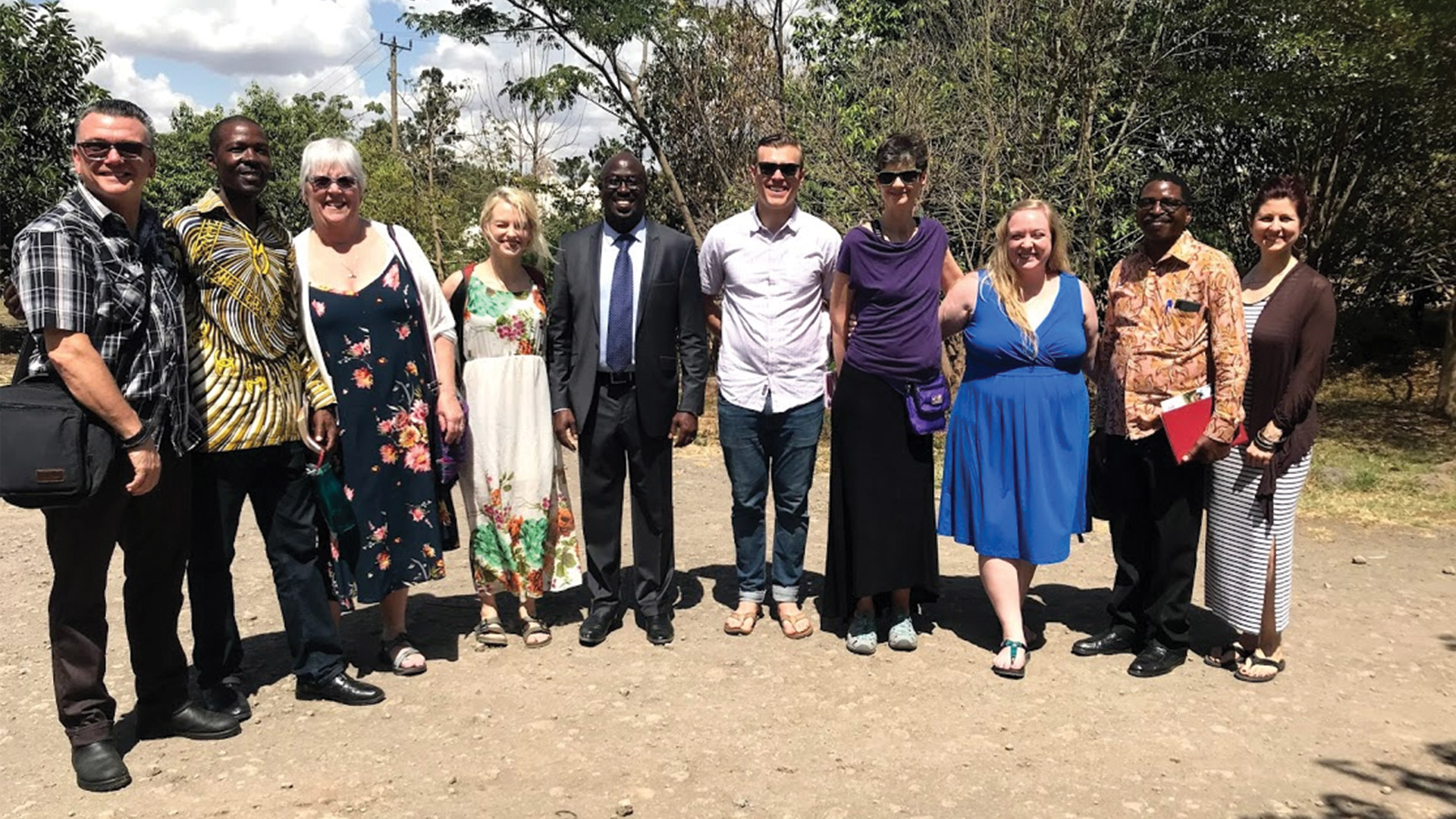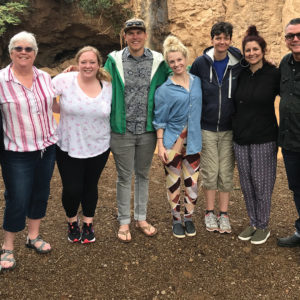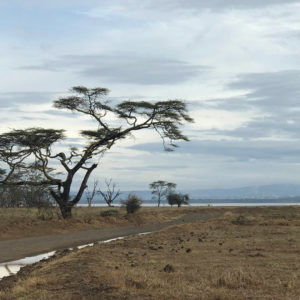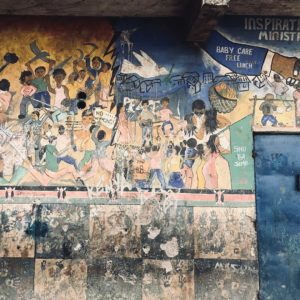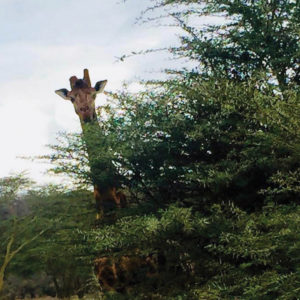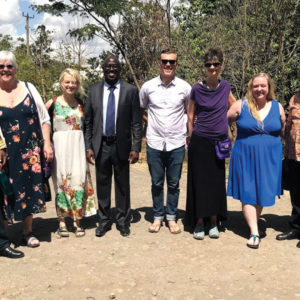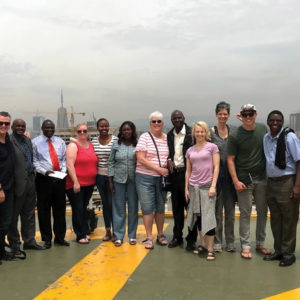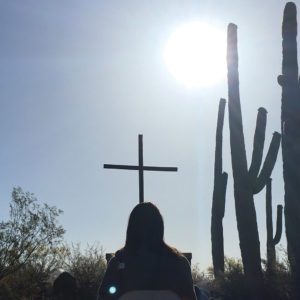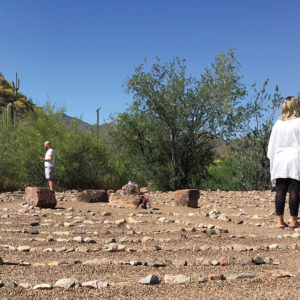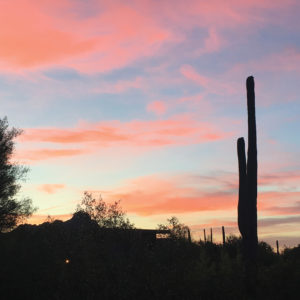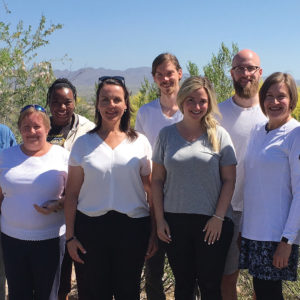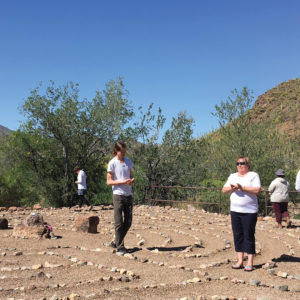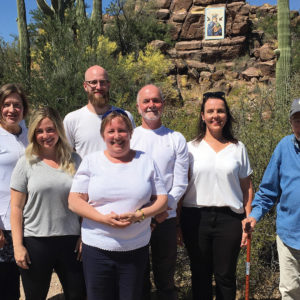We believe that transformative education—the kind of learning that gets in your bones and changes how you see the world—cannot be contained to the classroom. When we go outside our building to learn from others, encounter new stories, and wrestle with hard questions amid the messiness and complexity of our world, that’s when the ideas and theories from the classroom are given new life.
Earlier this year, two summer-term classes took Seattle School students beyond our walls (and beyond Seattle). In Engaging Global Partnerships, Dr. Ron Ruthruff, Associate Professor of Theology & Culture, and Cheryl Goodwin, Director of Institutional Assessment & Library Services, led a group of students to Kenya, inviting them to let their assumptions, beliefs, and practices be challenged and clarified by the stories of a place and the people who serve it. That same month, spiritual director and pilgrimage guide Lacy Clark Ellman (MA in Theology & Culture, ‘12) and spiritual director and retired faculty member Tom Cashman journeyed to the Sonoran Desert in Arizona to guide students through a pilgrimage grounded in the ancient Christian tradition of desert spirituality.
Engaging Global Partnerships in Kenya
“We’re taking a deep look at the history of colonialism and religion, and the relationship between a place and the people who inhabit it—especially in places of wounding. How can we enter those wounds in a way that is honoring to others’ stories and also helps us reimagine our shared future?”
–Dr. Ron Ruthruff
Pilgrimage to the Sonoran Desert
“During our time in the desert, we explored the ancient Christian tradition of desert spirituality with an emphasis on the apophatic way and the contemplative path. The word apophatic means ‘without image,’ and during our time in the desert we sought to abandon our expectations and preconceived notions of God through themes such as awareness, inviting us to non-dual consciousness; surrender, inviting us toward a posture of kenosis or self-emptying; and encounter, inviting us to be present to the desert, the Divine, and ourselves with loving indifference or non-attachment. Ultimately, the fierce landscape of the desert served as teacher and guide on our journey, teaching us how to tend to and be with the sacred and fierce landscape of the soul within.”
–Lacy Clark Ellman


